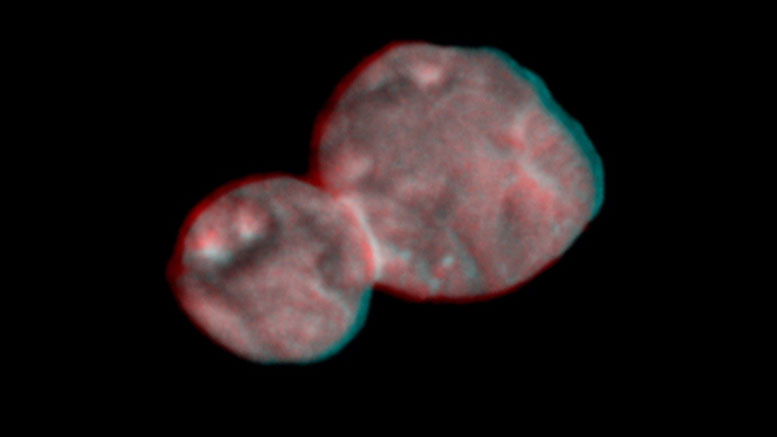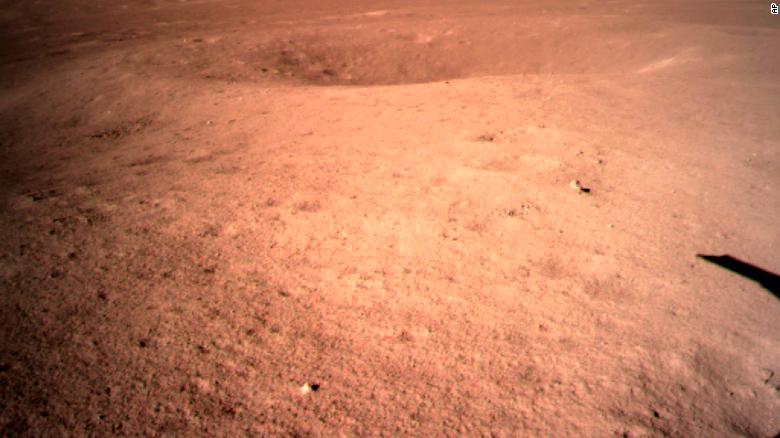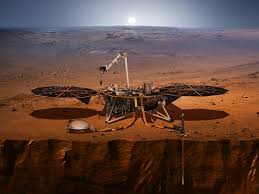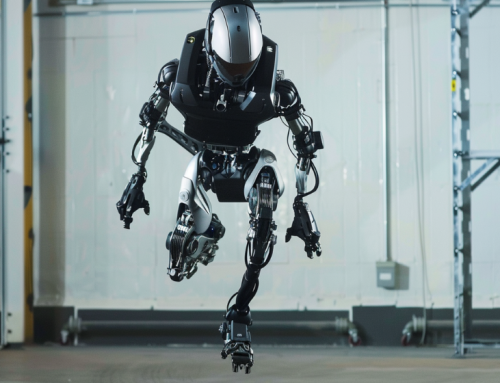China, U.S.-Led Effort Spark AI Space Race
Robotic space missions launched in 2018 revealed new worlds only imagined in sci-fi, from China’s unmanned vehicle landing on the dark side of the moon to the New Horizon’s satellite images of the farthest body in space, the orange, ice-covered Ultima Thule in the Kuiper Belt.
AI technology has been the key to planning and succeeding in the projects.
Ambitious plans by China to establish more space stations and explore the moon and a coalition of space exploring countries led by NASA are in a race to find out more about how humans can exploit areas of space that have been barely explored in the past. That doesn’t even include Space X, which plans moon tourism in the near future, as well as India’s space agency, SpaceIL, an Israeli lunar lander, Berlin’s PTScientists⏤and Florida-based Moon Express.
Space X’s Falcon 9 had its first test launch from the Kennedy Space Center with the Crew Dragon vehicle on Friday, January 4, in an uncrewed test flight. The vehicle is scheduled to take NASA astronauts to the International Space Station in June. That will make the first U.S. flight to the ISS in 8 years. Space X plans to launch the first commercial space flights this year.

New Horizons flew past the farthest object in the solar system, the Ultima Thule asteroid.
Meanwhile, the U.S. government lags far behind China in terms of its AI space investment. Most recently NASA proposed a project to build a new space station 1,000 times farther than the current International Space Station, with a plan to have it serve as a base to explore lunar minerals and as a pivot point to Mars. But the plan relies on financial buy-ins from other countries to fund technology and resources.
NASA asked Canada, for instance, to build AI-operating robots to run the station. The country has yet to decide whether it wants to invest in a $1 billion to $2 billion project that would take up to 20 years complete.
NASA’s Insight, which landed on Mars in November, will also yield information about the planet that could be especially valuable in light of the possibility that the United States and other planets are considering manned flights there. The spacecraft will send back data on seismic activity on the planet, weather and data on its volcanoes, craters and soil temperatures.

The first image taken of the dark side of the moon by the Chang’e lunar probe sent by China.
According to an opinion piece in the South China Morning Post, all countries could benefit from greater cooperation in space exploration by sharing research and resources, particularly when it comes to planned missions to the most forbidding planet of all, Mars.








Leave A Comment